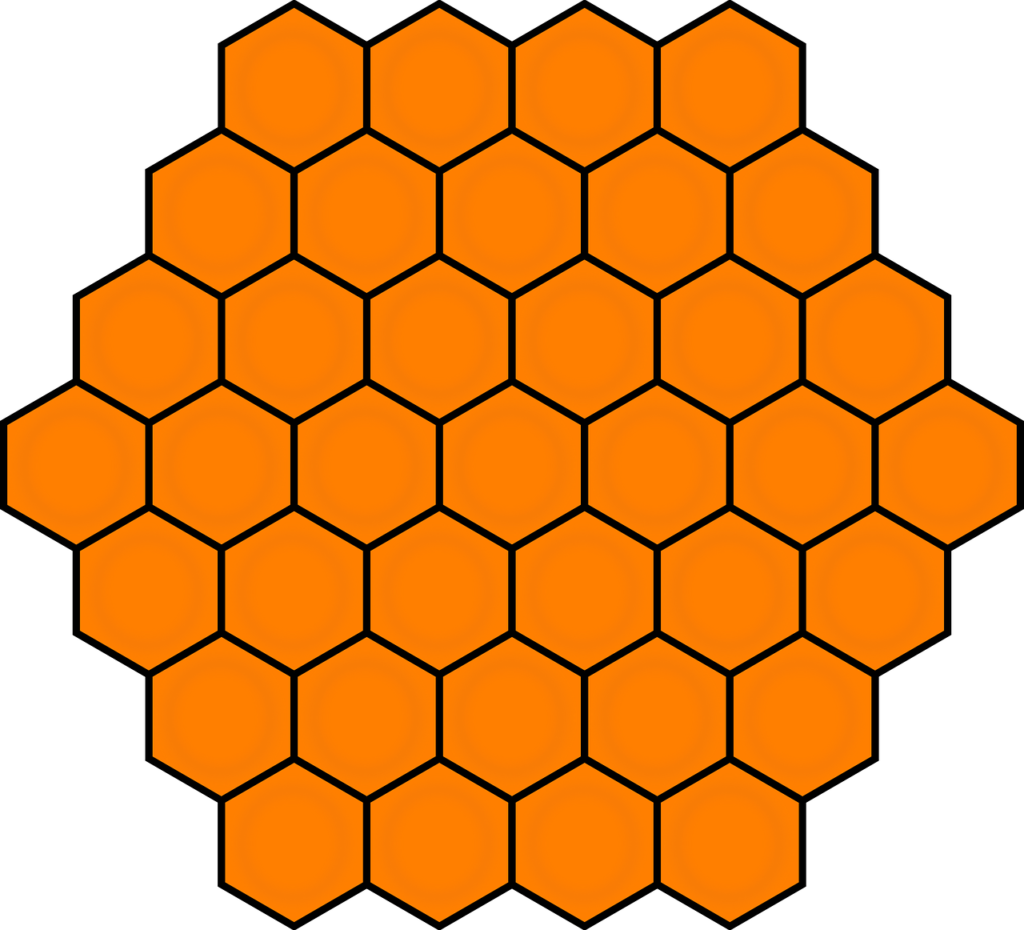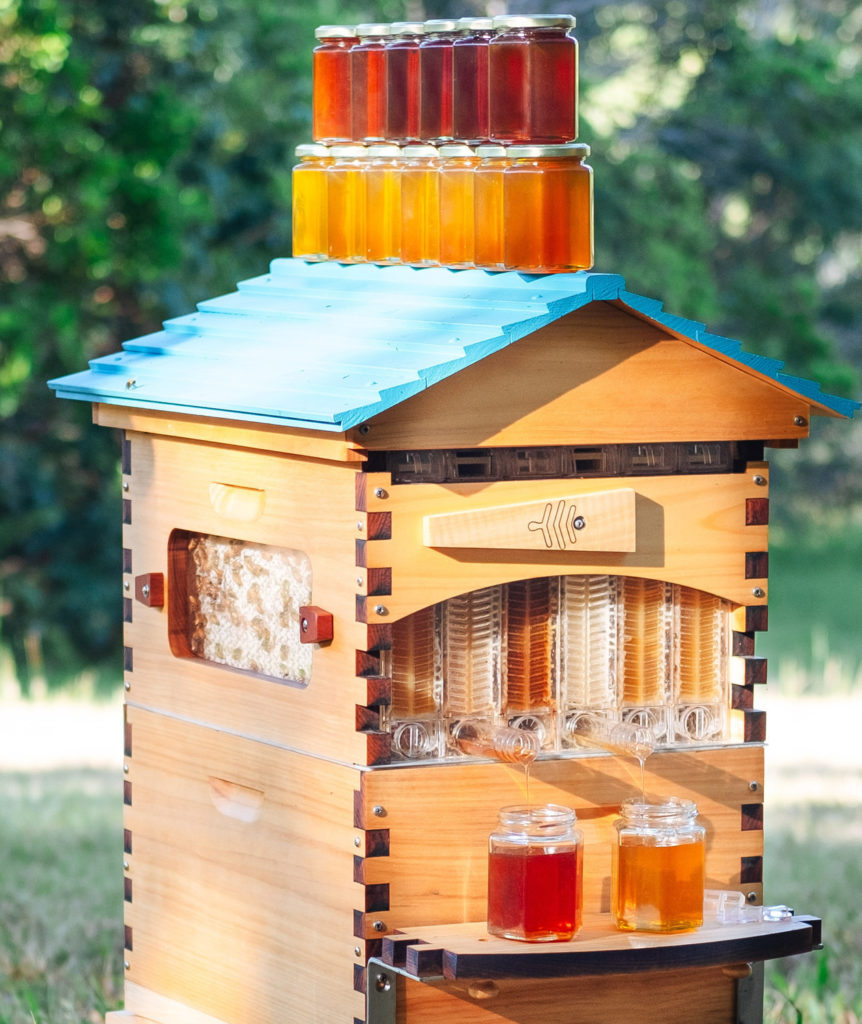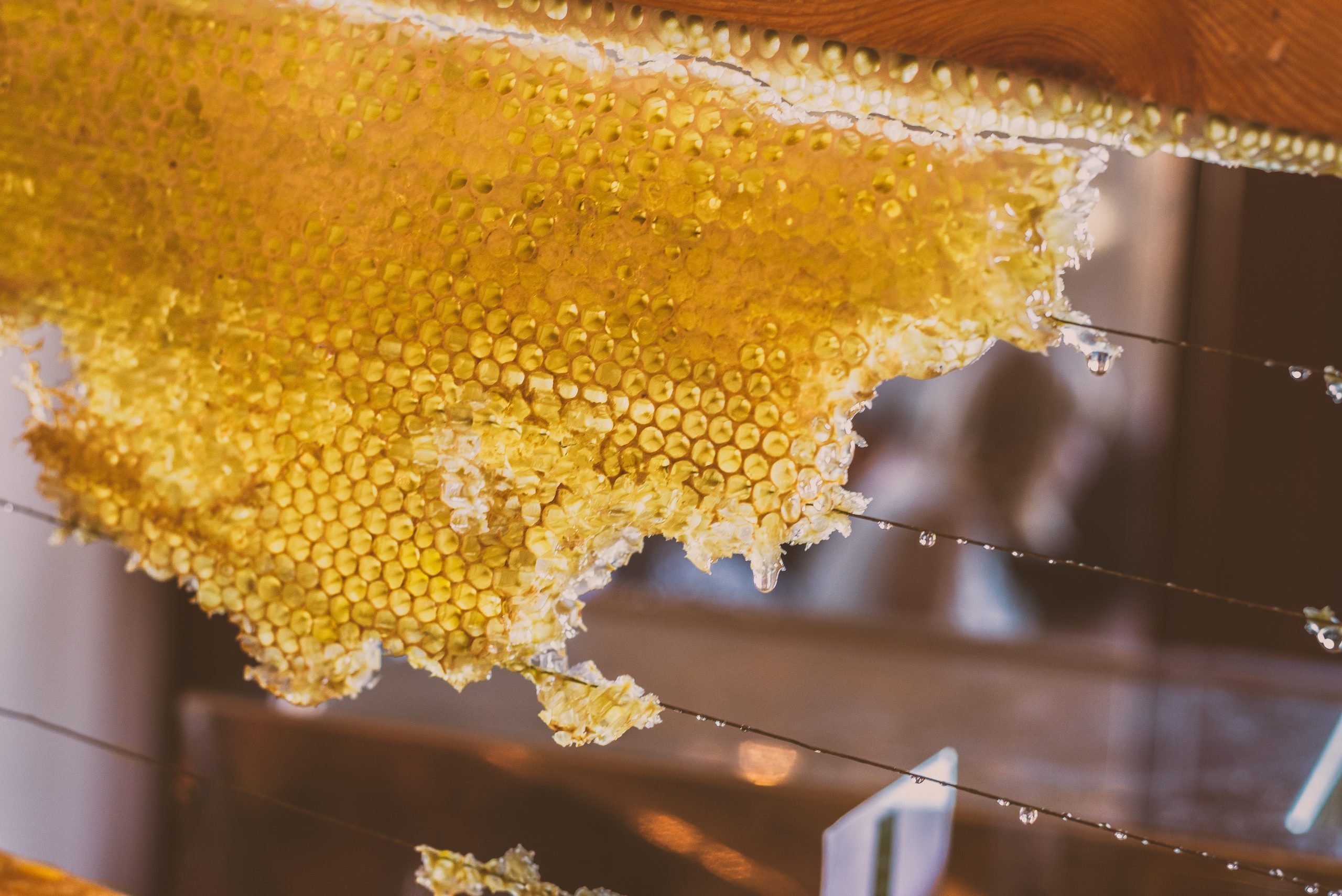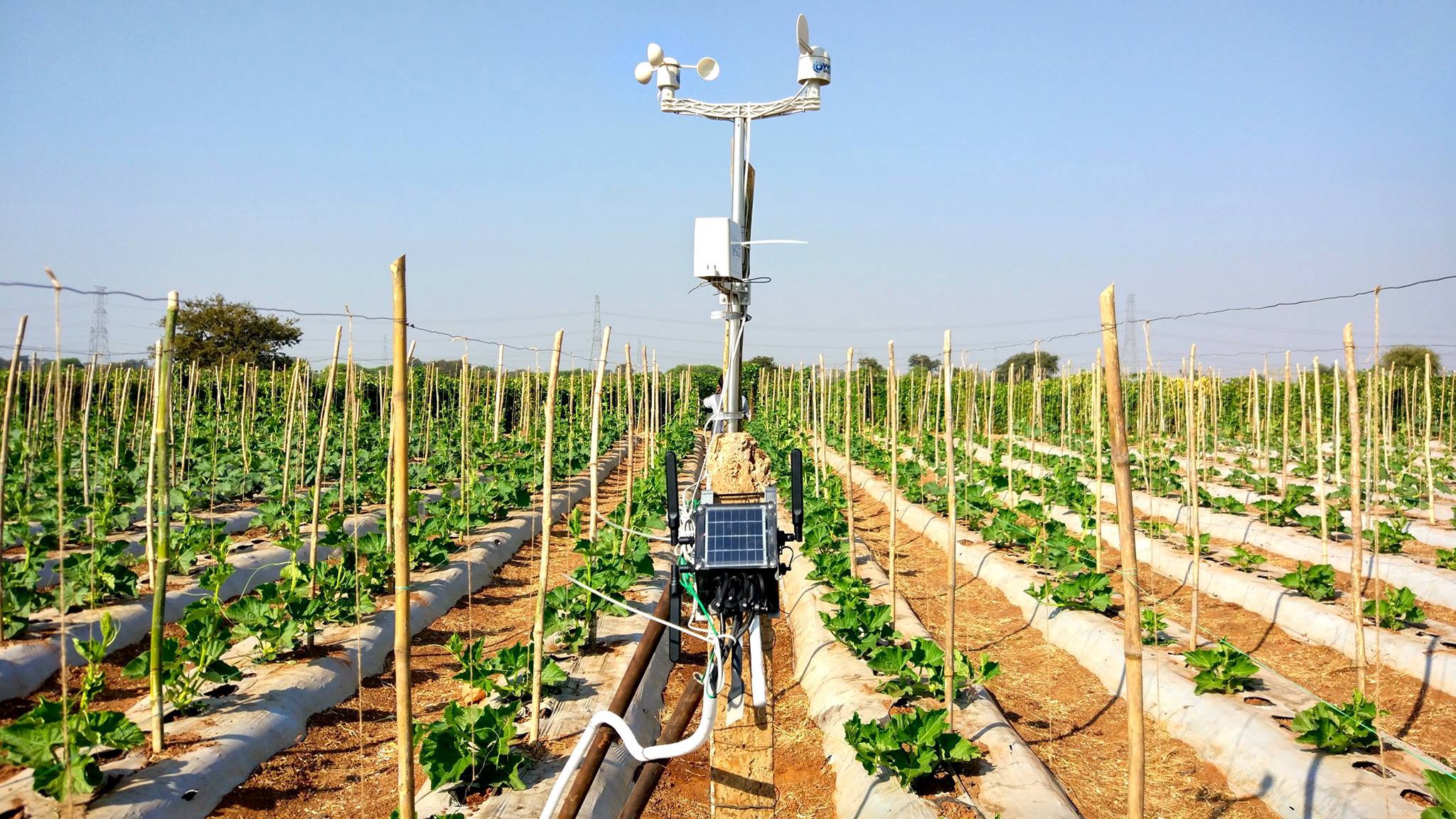DIGITIZING BEEKEEPING

An interview with Amaete Umanah, CEO of HoneyFlow Africa
Can you tell us more about Honeyflow Africa and what inspired you to create the business?
Honey Flow Africa is bringing the power of IoT to digitize beekeeping. The IoT device monitors the hive, bees, and their activities in real-time and collects information about conditions and phenomena occurring within the hive and uses AI to interpret events such as the presence or absence of the queen, swarming activity, the security of the hive, and provides audio playback.

We are on a mission to improve the quality and availability of organic honey produce whilst creating wealth for a generation of young bee farmers in Sub-Saharan Africa and the MENA region. There is a lack of commercial bee farmers in Sub-Saharan Africa and the MENA region. Sub-Saharan Africa and the MENA region only produces 12% of the global honey production annually. Nigeria imports approximately $2 billion worth of honey annually. There are high demand and a low supply of honey in the country. The national production of honey in Nigeria stands at 38,000 tonnes annually as against the country’s consumption of 380,000 tonnes, representing a shortfall of 90%.

Honey bees are a vital part of the agricultural industry not only in Nigeria but worldwide. Pollination by honey bees provides billions of dollars in added value to crops. As high demand increases, methods must be devised to develop, increase, and sustain colonies in the years ahead. Bee products are used in various foods and also enjoy extensive use in several industries including medicine, food processing, industrial manufacturing, and natural healing. In medicine, honey is used as a sweetening agent for children’s drugs and the treatment of sore throat, cough, hay fever, and burns. It is also used to produce cleansers, lotions, and creams in the cosmetic industry and as a nutritional supplement for children, athletes, and people suffering from diabetes.
We propose to address the problems currently affecting bee farming not just in Nigeria but in Sub-Saharan Africa and the MENA region. These problems include a lack of bee farmers; lack of statistical information for the development of bee farming; low honey production; lack of knowledge on methods of collection, processing, and storage of honey and other bee products. Bee farmers also face difficulties in monitoring their hives because of distances between them and their hives, and lack of adequate transport facilities. All these contribute to the high demand and low supply of honey.
You’ve introduced quite a radical approach to beekeeping. How will this help beekeepers in Africa, and possibly the world?
Towards data-driven solutions, we aim to optimize beekeeping operations to improve bee colony health. IoT goes beyond the “Buzz-Word” and numerous definitions available to internet users. To us, it is a platform that we are leveraging within the beekeeping and honey production industries in Africa, MENA and globally. With the power of IoT, we can deploy sensors to capture and interpret data such as weight, temperature, humidity, acoustics, foraging activity, rainfall, air intensity, air direction, and geographic location data of the apiary.
Honey Flow Africa’s solution is designed to analyze data and train an A.I. algorithm to detect bee patterns and predict bee behaviors. Pro-Active action can, therefore, be taken by our team and the beekeepers to protect bee colonies from previously unseen threats and facilitate higher honey yield by ensuring a conducive environment around beehives. This also allows the beekeepers to focus more on the revenue-generating aspects of their businesses.
Data and insights gained using our solution can empower beekeepers to participate in more socially and environmentally impactful enterprises like pollination services and conservation projects which will go a long way to improve socio-economic conditions currently experienced in Sub- Saharan Africa, the MENA region and beyond.
Harnessing the power of technology has undoubtedly become a game-changer and cuts across all sectors of global commerce, and is no different in the honey production scene. Honey Flow Africa is resolute in its mission to be at the forefront of monitoring and improving bee health worldwide by building on the efforts of past research and discoveries, and ensuring a data-driven journey as we move towards a symbiotic relationship between humans and honey bees.
What were the challenges that you faced when you started your business and how were you able to overcome these challenges?
Lack of internet connectivity and unstable GSM coverage in rural areas where beehives are kept was one of our biggest challenges. Another issue we faced was dealing with the lack of grid power in these areas. As a result, we looked into viable ways for data transfer in our solution as well as the ability to provide power to our devices without relying on the national grid with focus placed on little or no downtime on our devices.
We researched several available IoT technologies that implement low LPWAN (Low Powered Wide Area Network) directly in their protocols. This means that we could design a system that does not require a large power supply to keep it running. LoRaWAN©, a media access control (MAC) protocol for wide area networks allows us to design and deploy low-powered devices that can communicate over long-range with other networks using a LoRa gateway.
SigFox©, another IoT technology implements LPWAN (Low Powered Wide Area Network) protocols to allow for Machine to Machine connectivity at long ranges.
NarrowBand IoT(NB-IoT) also presents a valid solution that can be implemented in our design. Although NB-IoT and SigFox© require partnerships with TelCos, they have a presence in several countries globally.
There is also the possibility of hobbyists who live in an area where Wifi and GSM connectivity is much more reliable. Analysis of these technologies led to the creation of a “Communications agnostic” solution where the customer seamlessly connects a “Beekon Communicator” to our “Beekon Sense” smart board, based on the availability of providers within their region. This led to a simpler, modular, and highly inexpensive solution that caters to the needs of customers in several geographical regions, rather than a more complex technology that attempts to integrate all the IoT protocols into one solution.
What advice can you give to entrepreneurs, especially those who would like to work in the agriculture sector?
- Research is an integral part of agriculture, every aspiring agripreneur must endeavor to do lots of research and apply different methods and techniques of agriculture. We call it “Farm Hacking”.
- The day you plant the seed is not the day you eat the fruit. Be patient and stay the course.
- Every aspiring entrepreneur must be focused. Focus and discipline help entrepreneurs stay in the game for a long time. Focus on what you can control and be disciplined to let go of what you cannot.
For more information:













